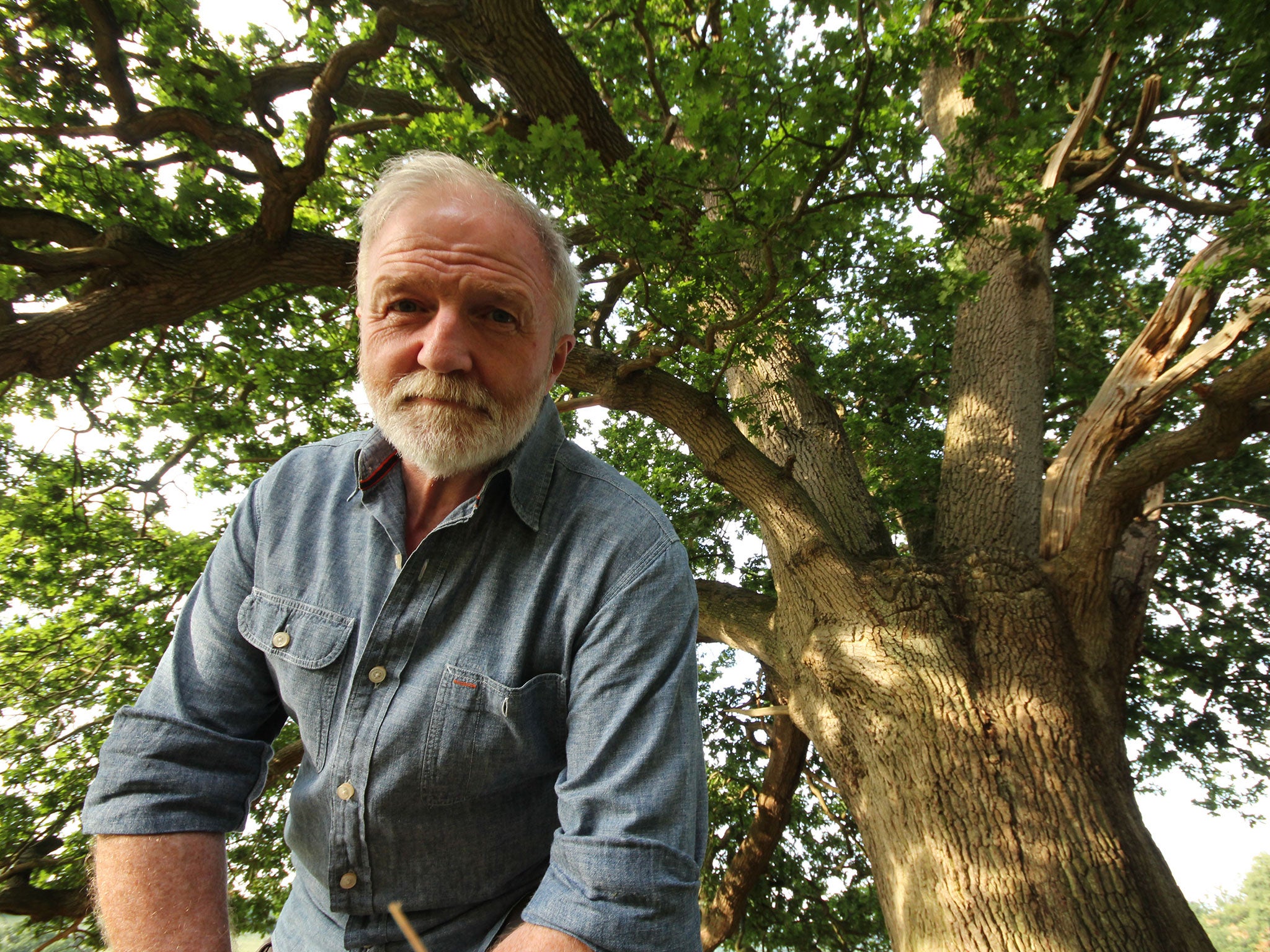Oak Tree: Nature's Greatest Survivor, TV review: The ultimate tree-hugger who spent the night in a 400-year-old oak
Sean O'Grady was enthralled by the temporal and physical majesty of the oak tree, which was filmed, scanned and measured, season by season, over a year

What do you call a man who loves trees? Why, George McGavin, of course. This ultimate tree-hugger is a retired professor of biology who is so enamoured of his subject that he actually spent the night with the object of his passion – a 400-year-old oak tree. And in the middle of winter too, with the weevils, insect larvae, woodlice, bats and owls that also find sanctuary and sustenance under its canopy. As with all the best teachers, McGavin's enthusiasm is infectious, and I was enthralled by the temporal and physical majesty of this one tree, chosen to be filmed, scanned and measured, season by season, over a year. Is it not wondrous to think that this specimen was a sapling at the time of the English Civil War and grew to maturity during the industrial revolution? Well, out of small acorns…
Indeed, one acorn was the subject of an impressive sequence of time-lapse filming during which one could witness the primeval force of this tiny masterpiece of evolution. I thought it remarkable, too, that this one mature oak possesses 700,000 leaves, covering the area of three tennis courts, weighs 10 tons, added 230kg of new growth in a year, during which it “drank” 58,822 litres of water, and produced sufficient oxygen (230,000 litres) to support one human being for a year.
The strength and versatility of the oak's timber is the reason why it became so ubiquitous in England, and so developed into a national symbol. Such was the demand for construction – a pioneering example being Salisbury Cathedral – and for the ships of the Royal and Merchant navies that millions were planted. Their galls – created by the eggs of a parasitic wasp – yielded ink so indelible that it was used to record every important document from Roman to Victorian times, including the Magna Carta, the American Declaration of Independence, scores by Mozart and Bach, the sketches of Da Vinci and Rembrandt, and Charles Darwin's letters. Just think of that the next time you're wandering round Oak Furniture Land.
Join our commenting forum
Join thought-provoking conversations, follow other Independent readers and see their replies
Comments